Siphon pot full of unique beauty: an introduction to historical development and guidelines for cooking methods
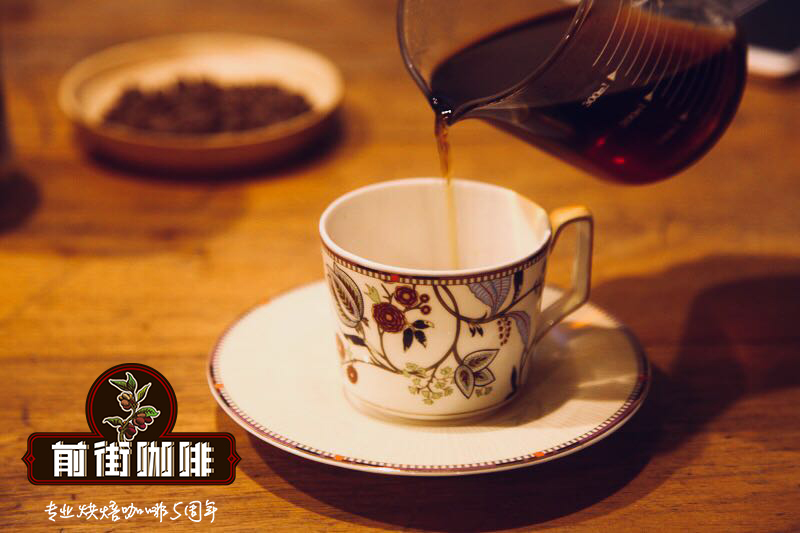
Professional coffee knowledge exchange more coffee bean information please follow the coffee workshop (Wechat official account cafe_style)
Usually soaking coffee brewing and trickling coffee brewing are two different worlds with less overlap. The siphon pot (also known as the Saifeng pot), a unique coffee utensil, can create coffee with a thick but clear taste.
Siphon kettle: an appliance for brewing with scientific principles
How does the siphon pot work? When the water is heated in the lower seat of the siphon pot, the gas will begin to flow out, and the vacuum in the lower seat will cause the water to move to the upper seat. When the fire in the lower seat goes out, the air at the bottom begins to cool, bringing the coffee back to the lower seat, which sounds complicated, but it's not that difficult to operate it all at once (it's hard to make siphon coffee delicious and stable, of course).
The history of siphon pot
The story of the siphon pot originated from a group of people who drank bad coffee. The earliest version was the invention of the siphon pot in Loeff in Berlin, Germany, in the 1830s. After that, the siphon pot spread all over Europe, and everyone saw its advantages.
The original design has given away a large number of patents to improve the performance of the appliance, but the most noteworthy is the French siphon French Balloon designed by Mrs. Vassieux in 1841, which is very similar in appearance to the siphon pot we use today.
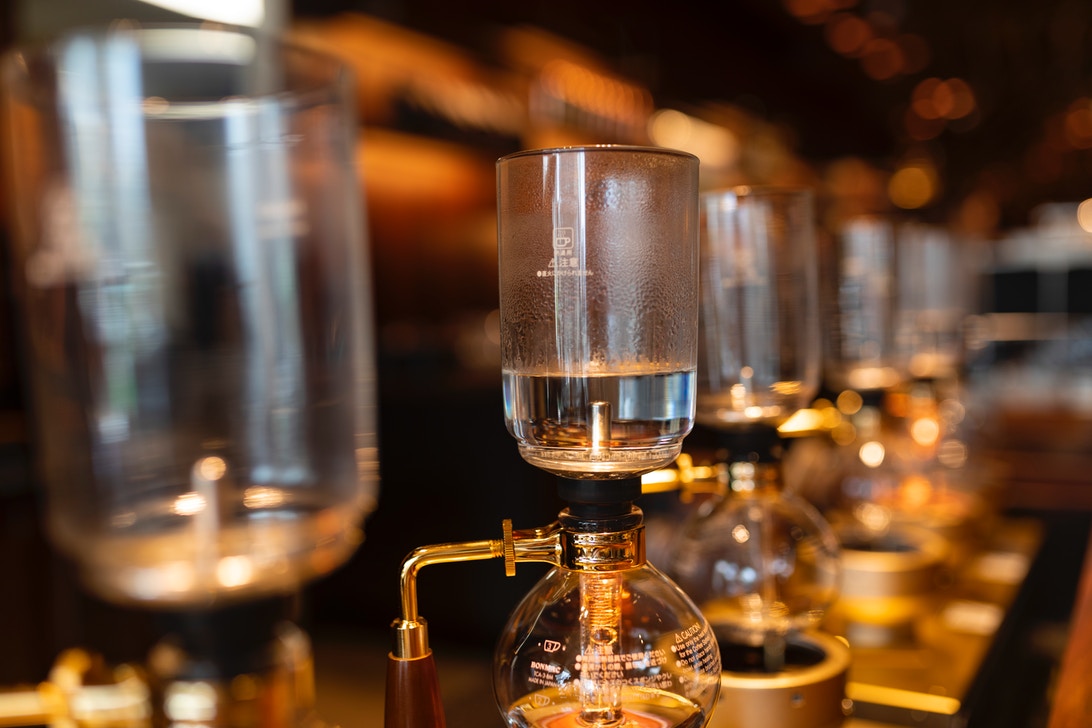
Physics experiments can also be interesting.
The balanced siphon pot (Belgian kettle) is another important invention in the history of the siphon pot. Although it originated in the middle of the 19th century, its operation principle is similar to that of the French siphon pot, except that it can extinguish the heat source itself. The two seats of the balanced siphon pot are placed side by side, and when the water is transferred to another container, the balance system designed for the counterweight or spring is activated due to a change in weight, which in turn triggers the extinguishment of the heat source.
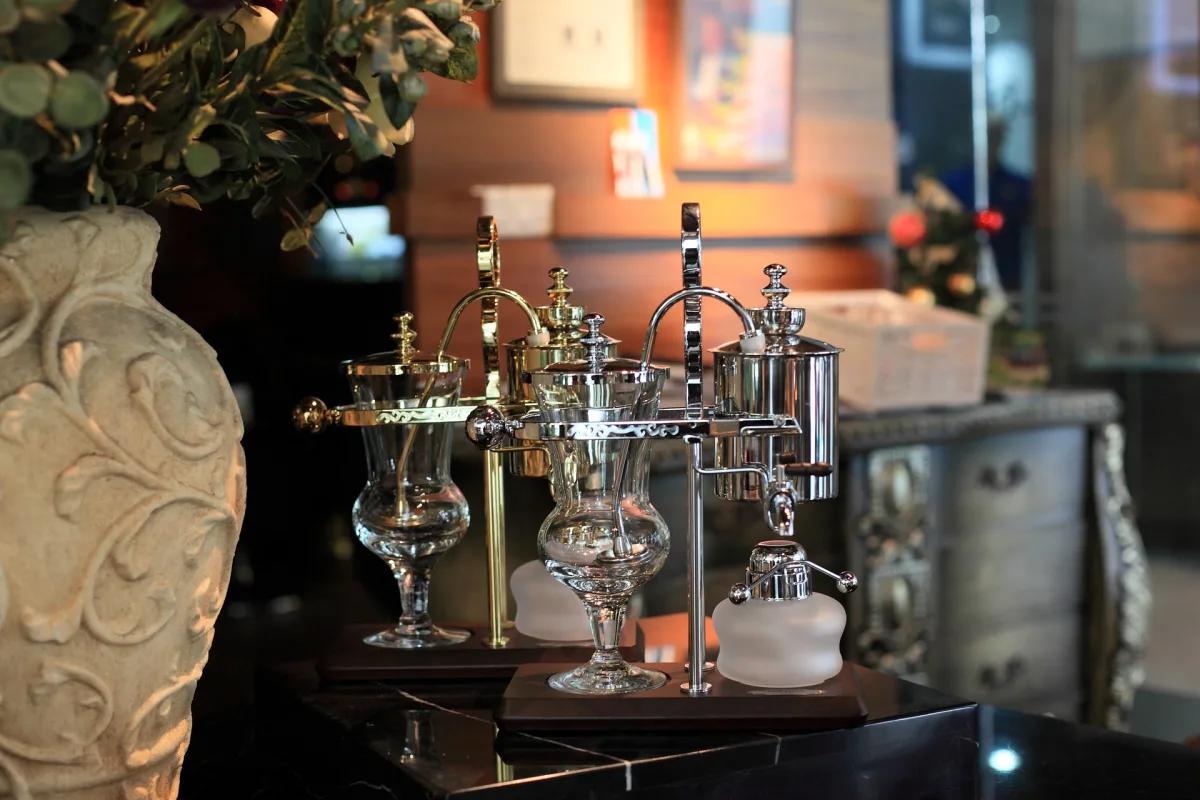
Balanced siphon pot combines elegant appearance with cooking skills.
By the end of the 19th century, siphon pots were spread to the United States, and it was not until the 20th century that they were produced locally in the United States. In 1915, Ann Bridges and Sutton of Massachusetts marketed siphon pots under the name Silex, touting "a hygienic and interesting way to make sweet coffee and easy to operate because of its transparent appearance." "they also use new heat-resistant Pyrex glass, which means that unlike other previous styles of siphon pots, the Silex is not easy to break.
What kind of coffee can be made from a siphon pot?
This method combines soaking (such as French kettle) and trickling brewing (such as V60 filter cup) to make a full-bodied and clear coffee. The siphon pot is very suitable for giving full play to the quality of coffee, and the balance of flavor and taste makes siphon coffee so unique.
How to use a siphon pot to make coffee?
First, boil in water and clean the filter. Place it at the bottom of the upper seat and hook the filter to the bottom of the glass tube. Add 510ml boiling water to the lower seat and turn on the heat source. Place the upper seat above the lower seat.
When the water rises from the lower seat to the upper seat, grind 34 grams of coffee beans and use a medium-fine grind slightly smaller than the hand to brew.
Once all the water rises to the upper seat, lower the heat source as much as possible, and the water will not drop as a result. Stir a few times to cool the water in the upper seat (the ideal temperature is between 90 and 96 degrees).
Pour the coffee into the water in the upper seat and start the clock, and stir the coffee powder with a stirring stick or spoon, soaking all the coffee powder with minimal disturbance.
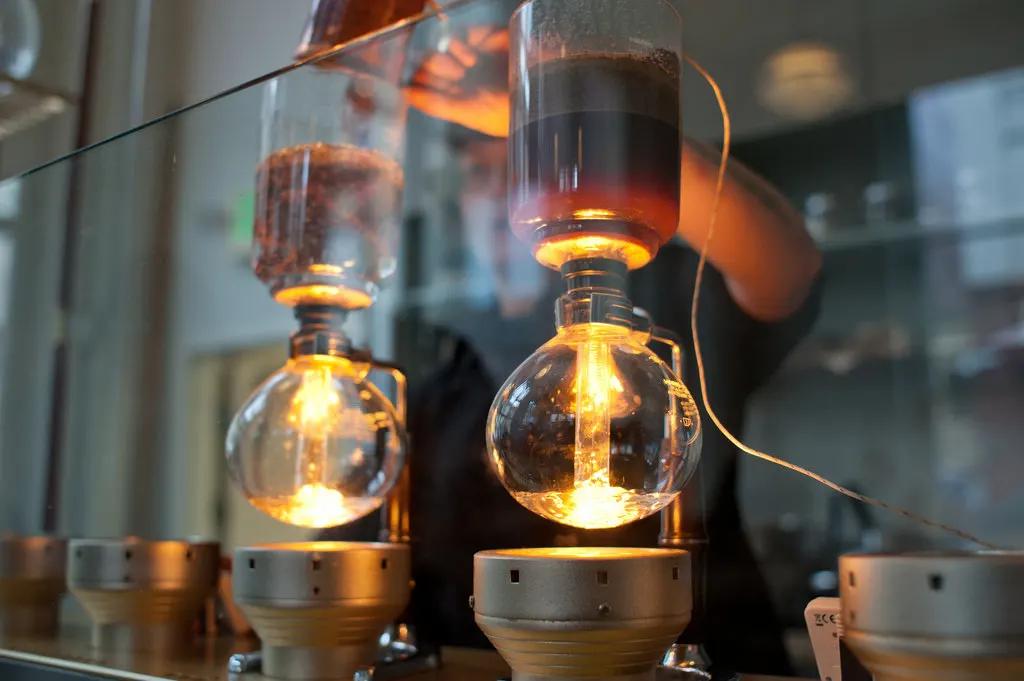
Attention is the key to making a siphon pot.
Leave the coffee brewing process undisturbed for about 90 seconds (depending on the brewing formula, perhaps shorter), then turn off and remove the heat source, and stir the coffee several times.
When the coffee in the upper seat begins to cool, it starts to flow to the lower seat, which may take dozens of seconds, and when the descent process is completed, the coffee in the lower seat will bubble because of the air the remaining coffee inhales.
After removing the glass from the upper seat, let the coffee cool (the coffee brewed from the siphon pot is usually hotter), and some people will use Chemex to help. Finally, don't forget to maintain the filter after cleaning the upper seat. if you are using a filter cloth, you need to boil it in hot water and place it in the refrigerator after cooling down, so that there will be no residual smell and prevent the filter cloth from drying and becoming brittle.
Then you can enjoy a full-bodied but clear siphon coffee!
Translated from Perfect Daily Grind.
Translated by Cheng Zhen Coffee
Important Notice :
前街咖啡 FrontStreet Coffee has moved to new addredd:
FrontStreet Coffee Address: 315,Donghua East Road,GuangZhou
Tel:020 38364473
- Prev
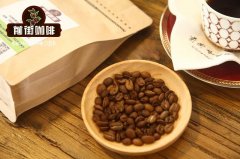
What kind of natural low-caffeine coffee beans do you have? how's the tip bourbon? is it good?
Professional coffee knowledge exchange more coffee bean information Please pay attention to the coffee workshop (Wechat official account cafe_style) pointed bourbon coffee bean is a natural low-caffeine variety, academically will be called "Coffea Laurina", but commonly known as pointed bourbon "Bourbon Pointu", mainly because the sharp body bourbon bean shape is narrow and long and slightly pointed at both ends, hence the name.
- Next
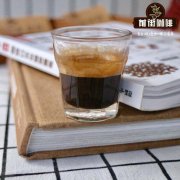
Grinding has a great influence on the flavor of coffee. Can we investigate the grinding degree in the form of "numbers"?
Does the main factor affecting coffee flavor really come from grinding degree? If you want to learn coffee, the first step you can't avoid is Italian concentrate (Espresso) extraction. We have heard that a perfect Espresso should have rich aroma, satisfactory body, clean and balanced taste and so on. We've also heard of it, and to make a perfect Espresso,
Related
- Beginners will see the "Coffee pull flower" guide!
- What is the difference between ice blog purified milk and ordinary milk coffee?
- Why is the Philippines the largest producer of crops in Liberia?
- For coffee extraction, should the fine powder be retained?
- How does extracted espresso fill pressed powder? How much strength does it take to press the powder?
- How to make jasmine cold extract coffee? Is the jasmine + latte good?
- Will this little toy really make the coffee taste better? How does Lily Drip affect coffee extraction?
- Will the action of slapping the filter cup also affect coffee extraction?
- What's the difference between powder-to-water ratio and powder-to-liquid ratio?
- What is the Ethiopian local species? What does it have to do with Heirloom native species?

